Regenerative & Sustainable: What is the Difference?
Understanding These Two Industry Buzzwords
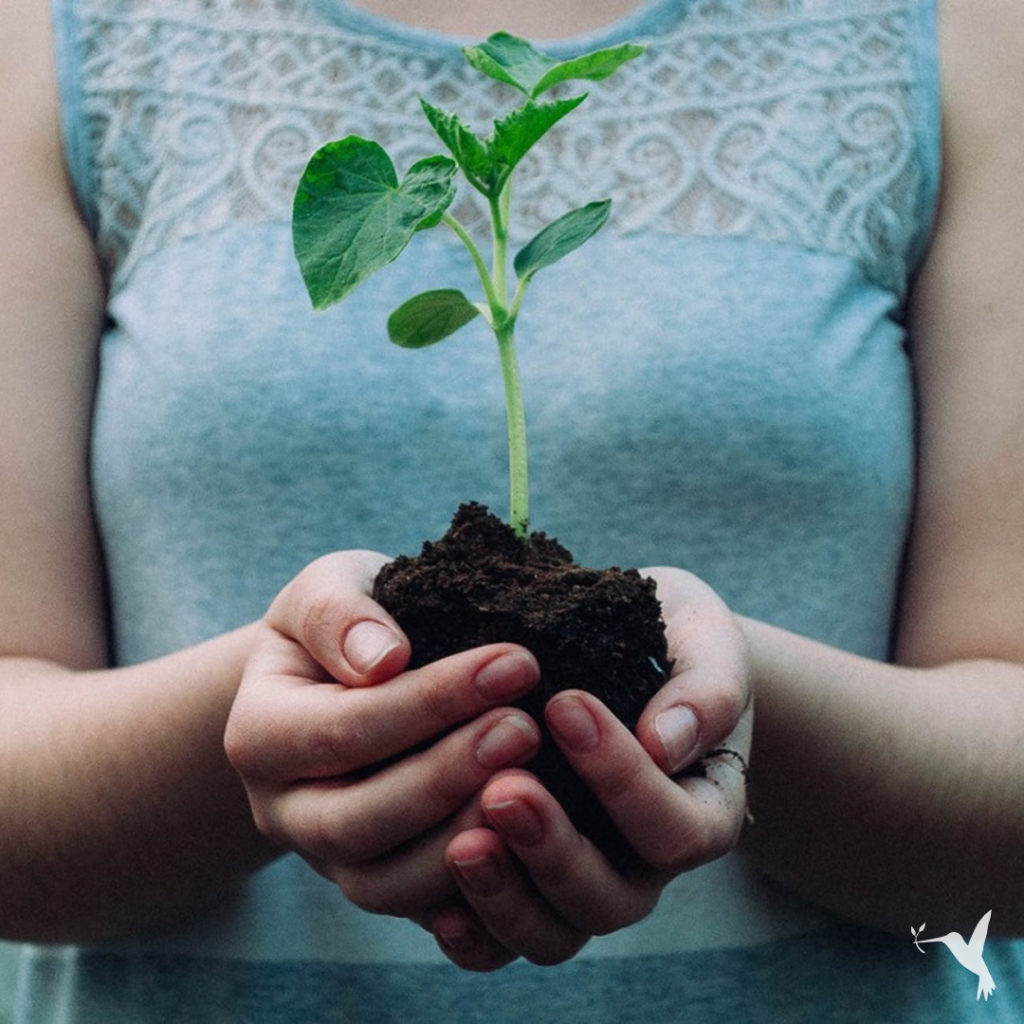
When it comes to agriculture, we often see the words “sustainable” and “regenerative” used interchangeably. Regenerative systems and sustainable practices do share some methods and philosophies, but they are not exactly the same.
So, what is the difference?
There are some key distinguishing factors between regenerative systems and sustainable agriculture and we’re here to break it down for you.
What is Sustainable Agriculture?
Sustainable agriculture encompasses a broad and loose set of agricultural practices. Together these processes aim to sustain the land and economy of farming by working with natural processes rather than against them. “Sustainable” is an umbrella term for any practices that support the goal of making a farm more future-fit and resilient.
Farming sustainably addresses a range of issues, such as water management, crop management, soil fertility, energy and waste management, and disease or pest management.
What are Regenerative Systems?
Regenerative agriculture uses a holistic framework that aims to continuously renew the land and improve the overall environment. This system of farming principles and practices increases biodiversity, enriches soils, improves watersheds, and enhances ecosystem services.
Do you know where carbon belongs? Underground. Regenerative agriculture processes capture carbon in the soil, reversing current global trends of atmospheric accumulation.
The goal here is not just to cut down on the depletion of resources, but to actually restore lands, increase productivity, and improve the environment through better farming processes.
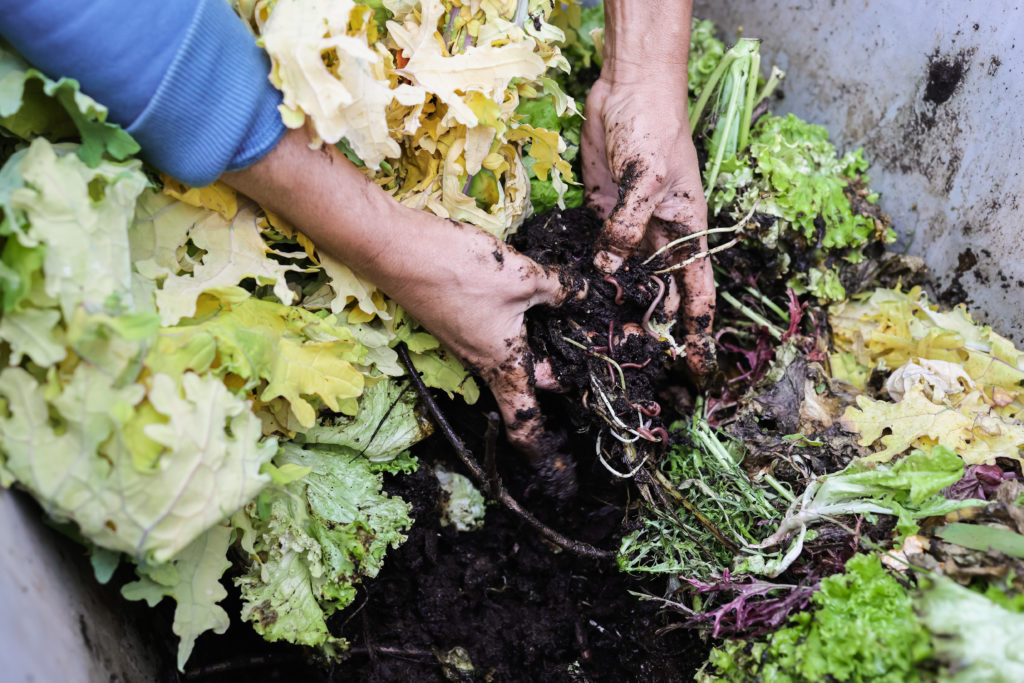
Some regenerative agricultural processes are reduced tillage, crop rotations, cover cropping, and rotational grazing. They also include composting, limiting GMOs, and reducing the application of pesticides, herbicides and fertilizers.
These practices cycle nutrients in the system without aggressively disturbing the soil and keep carbon stored underground. The soil’s biodiversity is also improved, reducing the need for fertilizers, herbicides and pesticides.
What’s the Difference Between Sustainable & Regenerative?
While sustainable agriculture is loosely set and broadly defined, regenerative agriculture encompasses many of the sustainable practices in a clearly defined system. This system draws from decades of scientific and applied research by the global communities of organic farming, agroecology, holistic management, and agroforestry.
The key difference between regenerative and sustainable agriculture is that regenerative agriculture intends to increase productivity and growth potential.
Sustainable practices seek to maintain systems without degrading them. Regenerative practices recognize how natural systems are currently impacted and apply techniques to restore systems to improved productivity.
Regenerative and sustainable actions overlap and essentially incorporate the same practices. In fact, producers can practice regenerative agriculture as part of an overall sustainability plan. Additionally, many farms include “sustainable” methods into a regenerative farm.
The difference is the application and the management of the methods.
Regenerative systems use ecological practices that rejuvenate the soil, grasslands and forests, replenish water, promote food sovereignty, and improve public health. They do all this even while cooling the planet. How does that work? Regenerative systems draw billions of tons of excess carbon from the atmosphere and restore it to the soil where it belongs.
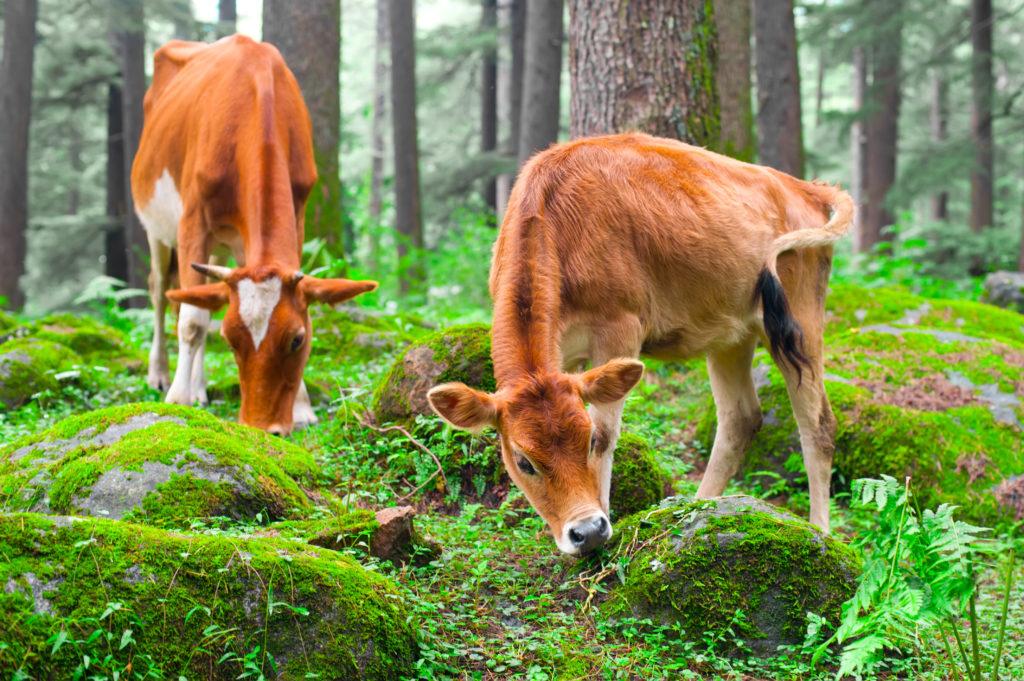
Are Regenerative Systems Profitable?
These systems view the bigger picture as well, creating a broadened view. The regenerative system is holistic in that, overall, one part of the system (such as the environment) is not sacrificed for another (such as the economy). It is possible to promote each part of the whole system without degrading or losing any other.
We often seem to have choice of either being environmental stewards or making a profit. Regenerative agriculture moves beyond sustainability by offering an escape to this false dichotomy. As it turns out, we can restore the environment and make more profit at the same time.
Regenerative systems address all portions of the system and as a result, the entire system improves. We can restore lands to their former productivity and earn more money while doing so.
And here’s an extra tidbit of information about regenerative agriculture for you. According to a recent white paper from the Rodale Institute, global implementation of regenerative practices could sequester more than 100% of human-related carbon emissions.
Interested in learning more about regenerative agriculture? Sign up for our newsletter for up-to-date info and facts.


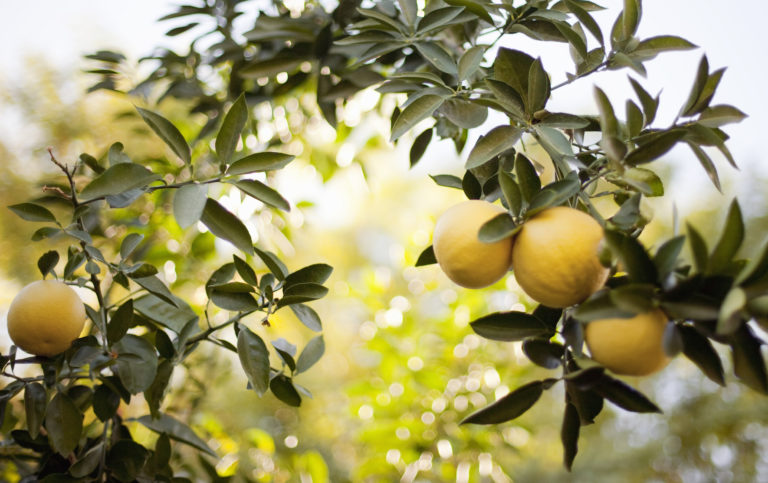
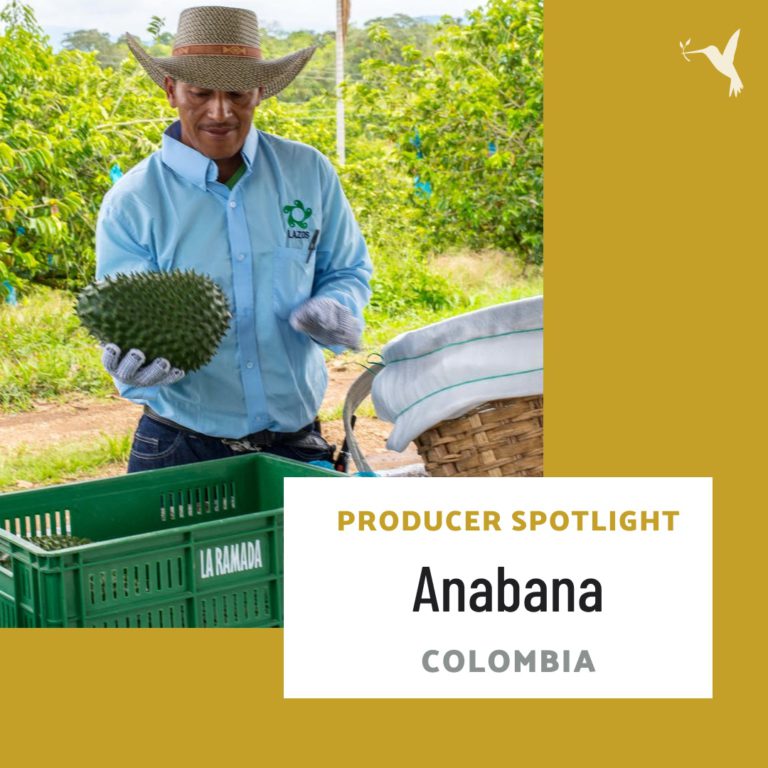
5 comments
I have really learnt a lot as there is that positive move to be more on the regenerative agriculture especially farming in the world of climatic change. Most farmers are trying to be on to it though will still take some time to be fully involved. Good guide on Sustainable and Regenerative agriculture.
Great! We’re glad to share this information and happy to hear that you enjoyed learning from the article.
This is the first really understandable difference between the two that I have read. Good for you Amy and team. We will post it on our website–with attribution, of course. These are not just industry buzzwords. Unfortunately, I believe, many farmers trying to do the right thing do not yet fully understand where their future farming must go and think they are being “sustainable”, which limits their ability to go to the next level of regenerative practice.
Thank you! I’m glad you enjoyed the article and yes, please share!
I’m confused. Please tell me one sustainable practice that is not regenerative..so that I can really understand the difference